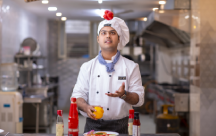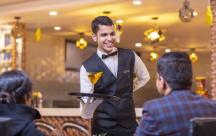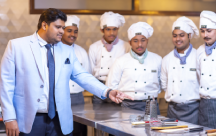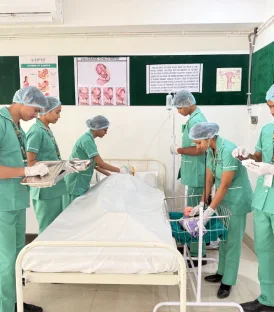October 01, 2025
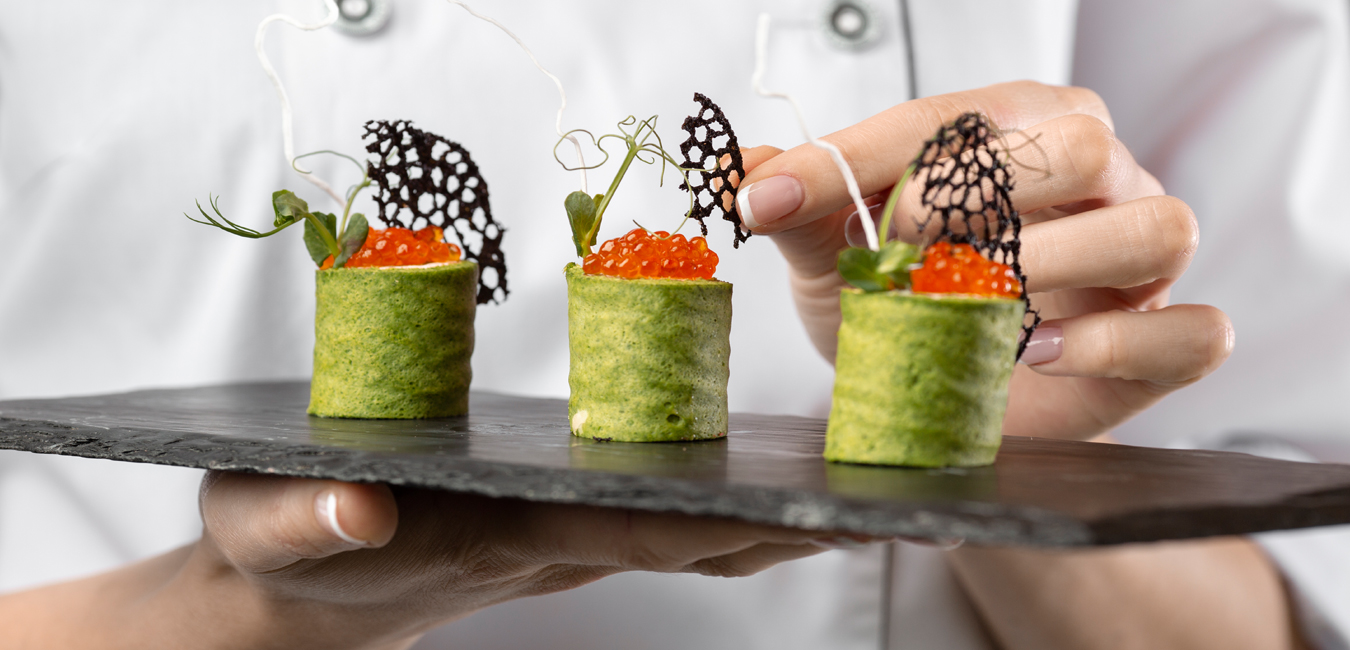
As we move forward in time, cooking and dining have become an experience rather than a mere satisfaction of hunger. Restaurants and hotels employ innovative methods to enhance their customers' dining experiences by incorporating modern culinary techniques, such as molecular gastronomy, sous vide cooking, food infusions, and 3D food printing.
These approaches allow the new generation to embark on a flavourful journey while enjoying their meal. In today’s cut-throat culinary industry, survival depends on pushing the boundaries of conventional cuisine and creating memorable dining experiences for customers.
In this blog, we have discussed various new-age culinary techniques that are being adopted at a speedy pace across the globe.
Culinary Art: Introduction and Origin
Culinary art is a professional skill that involves preparing, cooking, and serving food. The art of cooking encompasses more than just food presentation as it involves enhancing nutrition, preserving cultural identity, and innovatively blending flavours to make delicious and memorable food.
Throughout the years, culinary art has evolved from the ancient idea of food as a sheer necessity for survival of human life. In Mesopotamia, Egypt, and Rome, cuisines were demonstrated as a religious and cultural identity since 1730 BCE. However, the Asian ideology of cuisines was deeply intertwined with the preservation of medicine and spices through traditions such as Japanese kaiseki.
In contemporary times, new-age culinary techniques have been aiming to carry forward the ancient legacy of their continental cuisines in modified forms, such as fermentation revival, foam and espuma, cryogenic freezing, and many more.
Dehydration & Freeze-Drying
When one thinks of creating fruit and vegetable chips, powdered herbs, and instant mixes with the essence of cultural identity, the dehydration technique comes into play. The dehydration technique runs against the conventional idea of freshness and consciously removes water content from the food material.
Against the general idea that this process would diminish the quality of food, it intensifies the natural flavour of the ingredients and allows the chef to experiment with unique textures and cuisines. The shelf life of the cuisine is expanded after the dehydration & freeze-drying techniques are employed.
Sous-Vide Cooking
Originating from the French term “sous-vide”, this technique of cooking refers to sealing food material in sealed air-tight bags under vacuum and gently cooking the same in temperature-controlled water. The conventional idea of cooking often brings out negative results because of overcooking or undercooking, which deteriorates the experience of flavourful indulgence in the cuisine. Contrarily, the sous vide cooking technique preserves the authentic delight of the food consistently.
Foam & Espuma Creation
Foam & espuma creation technique represents the essence of modernist cuisine as per the Spanish culture. Primarily pioneered by Spanish chefs like Ferran Adrià, this technique allowed chefs to experiment with stabilizers that incorporate air into liquids such as sauces, purees, juices, and creams to create fluffy, cloud-like textures that would melt beautifully away on the palate. This technique is also known for transforming well-known culinary delights into something entirely new without compromising on the authentic essence of the primary ingredients.
Cryogenic Freezing
As the name suggests, this culinary technique merges the science of nature and the art of cuisine to transform liquids into smooth ice creams within seconds. Moreover, chefs use this technique precisely to preserve the crisp and fresh structure of herbs, which are used for garnishing the delicacies. The clouds of vapour entice diners, while the rapid freezing retains freshness, and the vivid colours are preserved in the food after it is frozen. This rapid freezing also prevents the formation of large ice crystals, which changes the texture of food. Chefs use it to make desserts, frozen cocktails, and even to shatter ingredients and create powder-like elements for plating.
3D Food Printing
3D Food printing culinary technique is considered to be one of the most cutting-edge developments in the gourmet industry. It uses digital technology to design patterns, shapes, and textures from edible ingredients such as chocolates, doughs, cheese, and purees. It is often regarded as the epitome of novelty because it gives rise to endless possibilities where the dining experience of each customer can be personalised based on their preferences and taste.
In addition to a visually appealing presentation, 3D printing works on the functionality of the meal as it offers exact portion control, personalized nutrition by adjusting protein, vitamins, or calories, and possible sustainability by using new ingredient alternatives like plant proteins or algae. In high-end restaurants, it is most often done in the form of decorative garnishes and unique plating. While in research institutions and space, it has been made to develop personalized and long-lasting meals.
Conclusion: Planning the Future of Culinary Arts with DPMI
The culinary industry does not revolve around sheer taste anymore. The customer preferences have evolved to experience holistic delicacies that represent culture, authenticity, and novelty. This shift around the globe has pushed chefs and restaurants to adopt modern culinary techniques to stand out in a crowd of multiple dining options.
At DPMI, we provide hands-on experience with the latest culinary techniques to shape the careers of students in the right manner with the perfect industry knowledge.
Also Read: How to Start a Hotel Management Institute Franchise Successfully?




